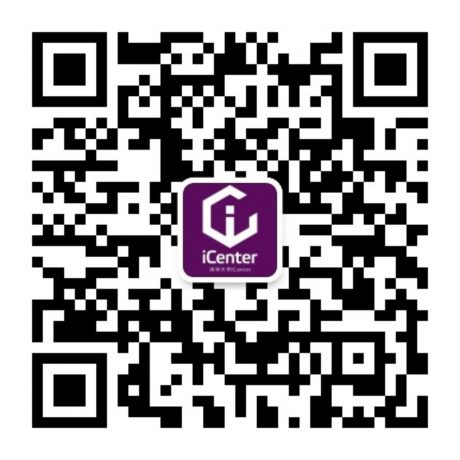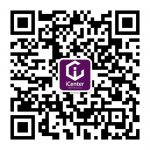Tsinghua University offers a course with classrooms spread across the entire campus, taught by over a hundred faculty members. The unique way of tracking attendance for this course involves an “attendance sheet” and “stamps.” By enrolling in this course, students can choose from over 90 laboratories, and even experience an exclusive classroom setup where “multiple teachers focus on a single student.”
Liberal arts students have the opportunity to conduct engineering experiments that are typically out of their reach. Science students, who deal with numbers and formulas every day, can try their hand at pottery. There are also students who have redefined their career aspirations through this course.
This course is the “Laboratory Research Exploration,” which has a history of 16 years, is open to all undergraduate students, integrates scientific research resources in various fields of Tsinghua, and enables students to open the doors to multiple professional fields in the time of one course.
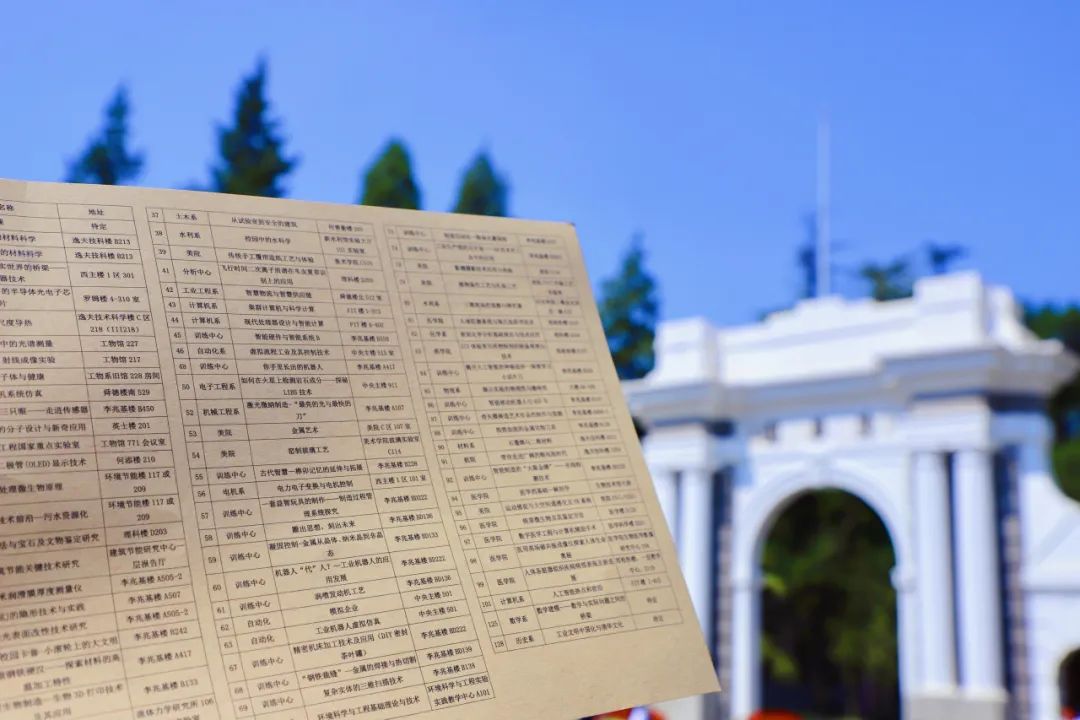
"Going to Class Is like Opening a Blind Box"
“This is almost a dreamlike experience: every time I go to class, it’s like opening a blind box. I move between different department buildings and linger in various academic hubs.” These are the words written by Li Rui from Zhili College in his course log at the end of the “Laboratory Research Exploration” course in the fall semester of 2022. In his view, this course is like a “treasure hunt”: “The process is full of fun, and you return with a rich reward.
This is not a unique experience for Li Rui; it’s a sentiment shared by almost every student who has taken the course. The popularity of the “Laboratory Research Exploration” course remains consistently high, with more than 3,300 students from different majors across the university enrolling in it during a single academic year at its peak.

Excerpts from Student Course Logs
Why Is This Course So Charming?
This has to mention the blessing of the unique teaching units and scientific research resources of “Laboratory Research Exploration.” Since its inception in the spring semester of 2007, the teaching units under the course have expanded to more than 120, involving more than 90 laboratories in 31 departments, integrating scientific research resources in disciplines such as science, engineering, humanities, social sciences, and art across the university.
In terms of course selection, "Laboratory Research Exploration" also gives students sufficient freedom. There are not only 4 independent course numbers that allow simultaneous selection; under each course number, students can choose 8 teaching units that they are interested in to participate in — meaning that each student can participate in 32 different teaching units; if students have extra energy, they can also apply to visit and study other teaching units to open more “blind boxes.”

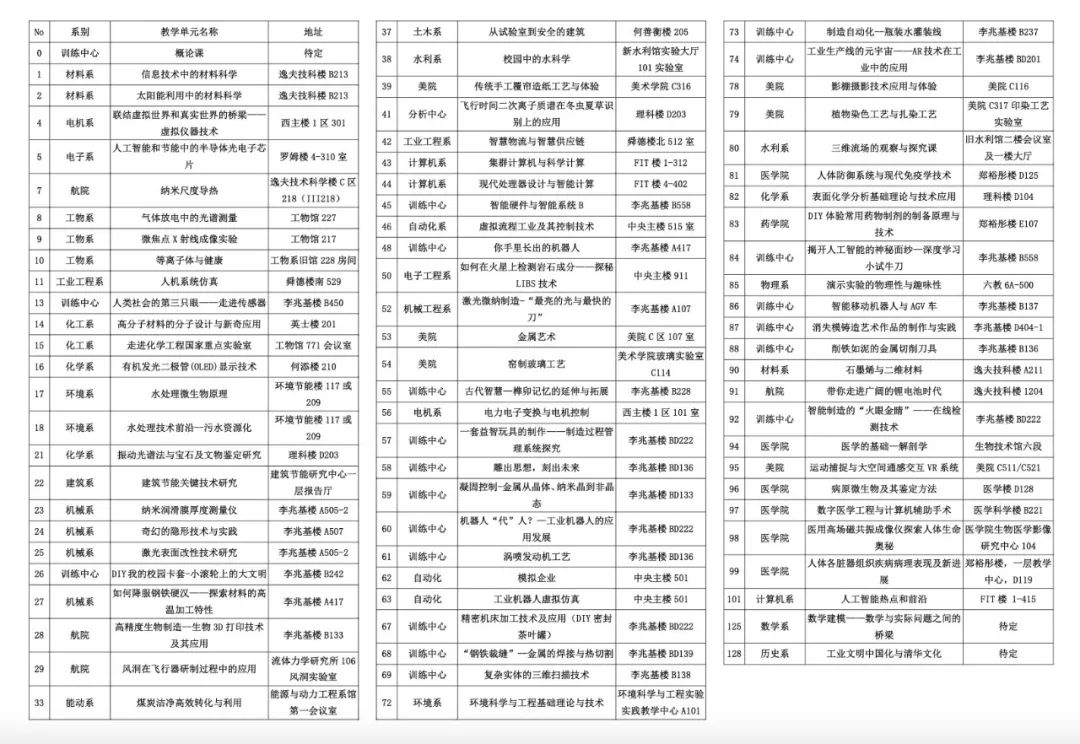
Attendance Sheet of Laboratory Research Exploration Course (front and back)
* When attending class, students need to bring the exploration course attendance sheet, and the unit teaching faculty will stamp on the attendance sheet as a record. After the course, students need to submit the unit log that records their learning feelings and thoughts, and finally complete the course certification.
“Laboratory is the classroom; having class is on the spot; wide selection, meeting interests, and truly participating in interdisciplinary practical exploration are the three points that students are most satisfied with in this course.” Tang Bin, the overall course director and associate professor of the Tsinghua University Fundamental Industry Training Center, introduced, “This course transforms Tsinghua’s scientific research advantages into undergraduate teaching advantages, allowing students to enjoy the scientific research resources of the whole university, which greatly facilitates students to explore different professional fields.”
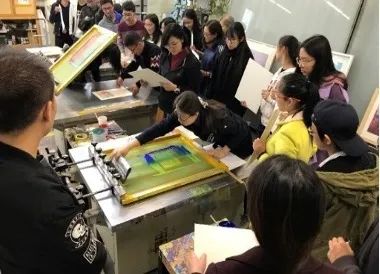
A Glimpse of a Course Unit
Striving for Excellence, Just for a Better Learning Experience
More than 90 laboratories, more than 120 teaching units, and each teaching unit needs to open 8 class periods, involving the planning and arrangement of more than a hundred teachers and thousands of students... Facing such complex course coordination and management, “Laboratory Research Exploration” still realizes the highly personalized course selection needs of a large number of students from different majors and grades, and the orderly matching with the distributed teaching resources of numerous scientific research laboratories in different time periods and different departments.
Why can this course achieve this?
Striving for excellence is the most sincere answer given by “Laboratory Research Exploration” through practical actions.
The “Interest and Physics of Demonstration Experiments” unit taught by Gu Chen from the Physics Department is widely praised by students for being “interesting, informative, and highly enlightening.” As early as 2007 when the “Laboratory Research Exploration” course was first established, Gu Chen set up the “High-temperature Superconducting Maglev” unit; in 2020, he returned to the exploration course and took over the teaching task of the “Interest and Physics of Demonstration Experiments” unit, so he can be regarded as an “old face” of the exploration course.
Although he is an “old face,” the course content is always new. Every semester, Gu Chen would adjust and update the course content in combination with recent technological hotspots or major social events, and tried to explain the physical reasons behind related things and phenomena through physical demonstration experiments.
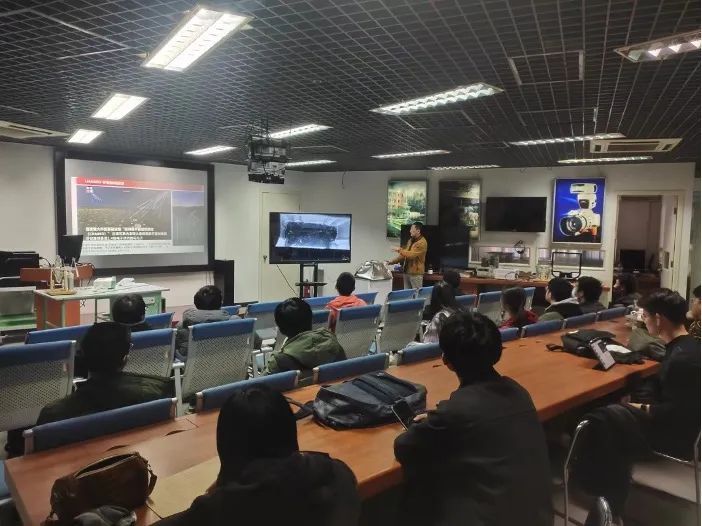
Using a Cloud Chamber to Observe Cosmic Rays and Radiation Around Us
In 2022, exploration in quantum entanglement won the Nobel Prize in Physics, and Gu Chen decided to make it one of his teaching focuses. Before that, he was not familiar with this field either. In order to teach it well, Gu Chen discussed with Ph.D. students in related directions for more than 10 hours, watched almost all the popular science lectures by big names after the Nobel Prize was announced, and comprehensively sorted out the relevant content on platforms such as Zhihu and Bilibili. Finally, combined with the quantum entanglement simulation experiment developed by the school’s Experimental Physics Teaching Center, Gu Chen achieved a highly condensed teaching of the basic concepts of quantum entanglement and the most essential part of the contribution of that year’s Nobel Prize within 5 minutes. From the feedback of the homework, many students could initially establish the concept of quantum entanglement through this lesson, which also made Gu Chen very gratified.
“There are also students who are inspired and dig deeper into the experiment in combination with their majors.” Gu Chen recalled, “During my tenure as the teacher of the ‘Maglev’ unit, two students chose to come to our laboratory to study for a postgraduate degree after listening to my class. Last semester, a student from the Academy of Fine Arts came to the laboratory specifically to film the Chladni plate experiment after class. This is an experiment that can excite a specific pattern through sound, and it is a concrete practice of the combination of ‘physics and beauty’.” In addition to imparting knowledge, Gu Chen hopes to ignite students' interest in the physics discipline, the awareness of discovering the underlying physical laws from things around them, and arouse students' curiosity and exploration desire for unknown things. This may be a more profound impact that the course can bring beyond knowledge.
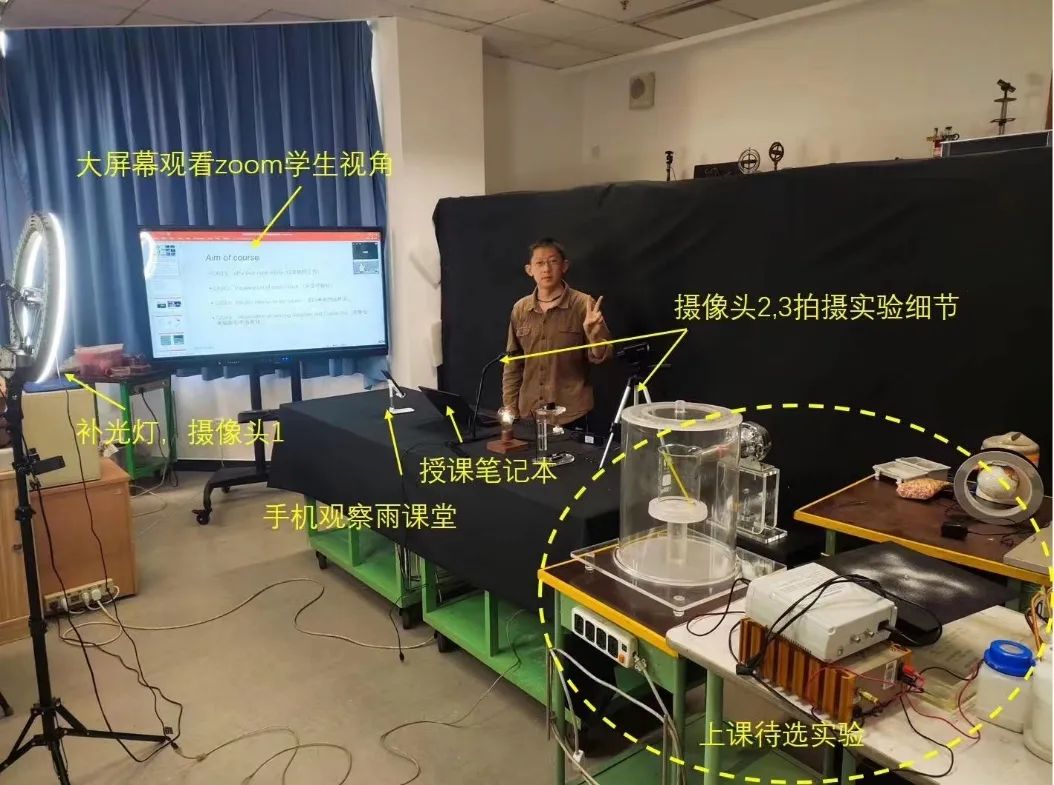
Preparing Online Courses Carefully During the Epidemic
Guan Jingjing is a teacher from the Academy of Fine Arts who newly joined “Laboratory Research Exploration” in Spring 2023 semester and has been responsible for the teaching unit of “Traditional Manual Covered - Curtain Papermaking Process and Experience.” In order to start the course smoothly, Guan Jingjing rehearsed again and again, repeatedly confirming the time proportion of theoretical learning, paper - making technology observation, practical operation, and mounting, and could accurately grasp the classroom links almost to the minute; she also independently invented the vacuum cleaner water absorption method to speed up the drying speed, successfully enabling students to systematically understand the theoretical knowledge of handmade papermaking and experience the papermaking process completely within a 90-minute class.
In order to achieve the uniqueness of the teaching unit, Guan Jingjing also integrated aesthetic, environmental protection, and design concepts into the explanation, leading the students to use seasonal fallen flowers and leaves on campus and leftover fresh flowers from exhibitions as materials to make campus — style flower and grass paper, shortening the distance between the classroom and life. Even the frames used for mounting were carefully selected to improve the completion degree of the works and enhance the students' sense of experience and the beauty of the works.
Guan Jingjing hopes to take advantage of the course to spread the culture and skills of traditional handmade papermaking, providing students with opportunities to collide with traditional culture and ancient technology, form a profound experience, further stimulate creative inspiration, and enhance aesthetic taste. From the feedback of the students’ logs, she is also very happy to see everyone's harvest: “The students felt the temperature of handmade paper through the course, and realized that paper is the process of transforming plant life. And through handmade papermaking, it seems that they have traveled through time and space and blended with traditional culture. Everyone’s cherishing of a piece of paper and love for the works have deeply moved me.”
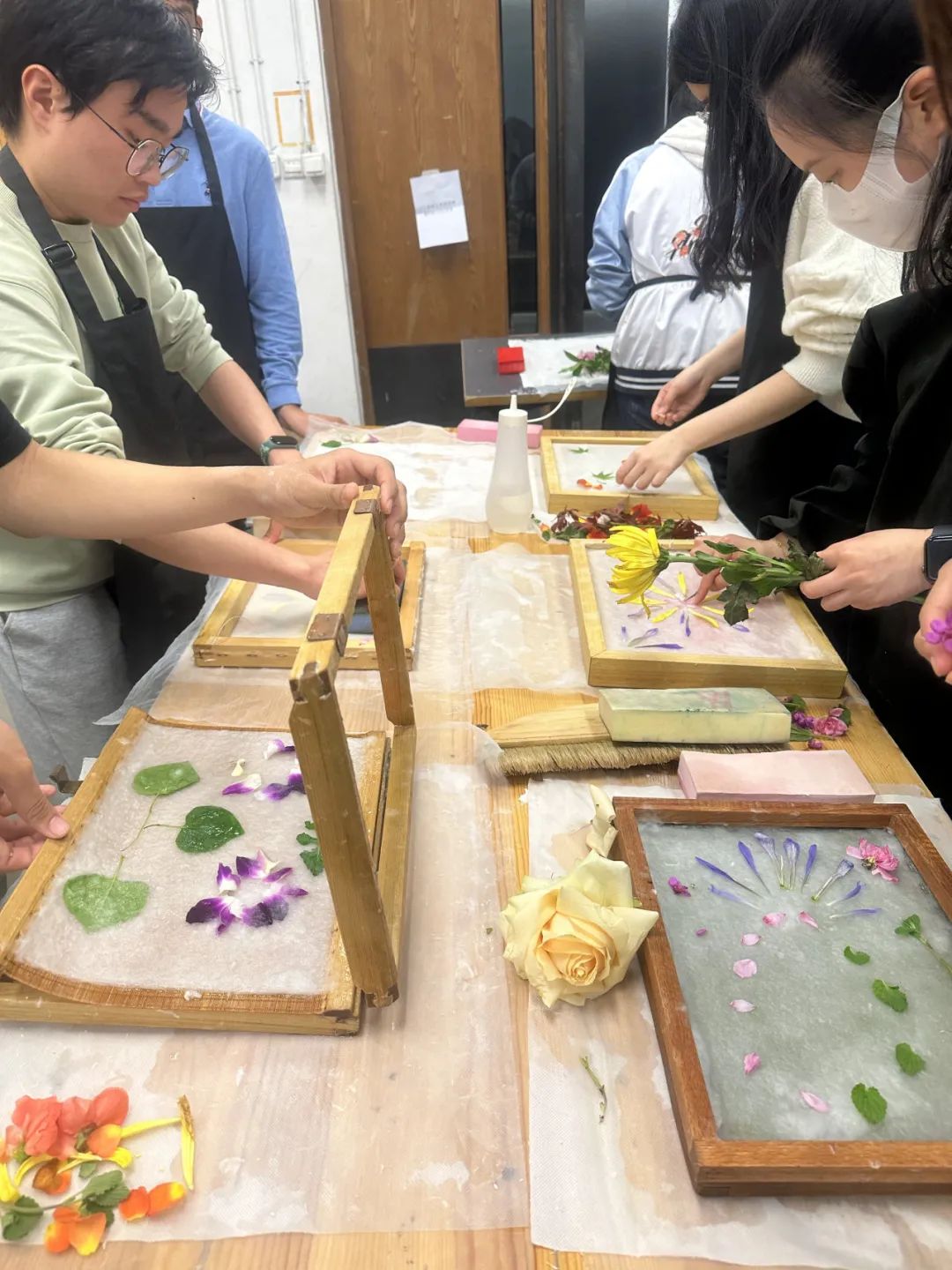
Students are Making Flower and Grass Paper in the Campus Style
Even if there is only one student selecting a certain class period, the teachers will still prepare carefully. An Xia, a 2019 undergraduate student in the Department of Electronic Engineering, had a “one-on-one VIP-like” class experience in the “Vibrational Spectroscopy Exploration of Complex Mixtures” unit: “The teacher came directly to me and taught me how to conduct the experimental instruments hand in hand. We completed the unit study like friends discussing. The classroom atmosphere was very good, and I really want to experience it again!”
In addition to the meticulous efforts of the teaching faculty in refining the course, the successful development of “Laboratory Research Exploration” also owes much to the quiet dedication of the course management team.
The laboratories are widely distributed, and students often get lost. To address this, the team created the “Exploration Course Map,” with teaching assistants manually marking the locations of each class based on the Tsinghua campus map. During each class session, at least one teaching assistant is on duty to promptly respond to messages in the course WeChat group and handle unexpected situations that may arise, such as students getting lost, experimental equipment malfunctions, or last-minute changes to class schedules. The course organization team also developed a “Laboratory Research Exploration Teaching Manual” of over 8,000 words, divided into student and teacher versions, offering detailed explanations of the course format, organization methods, FAQs, and the integration of online and offline teaching. In addition, there are over 80,000 words in the teacher version of the “Teaching Unit Information” and more than 70,000 words in the student version, providing in-depth details on the content and structure of each teaching unit. Relevant course materials are updated each semester based on course feedback from both teachers and students.
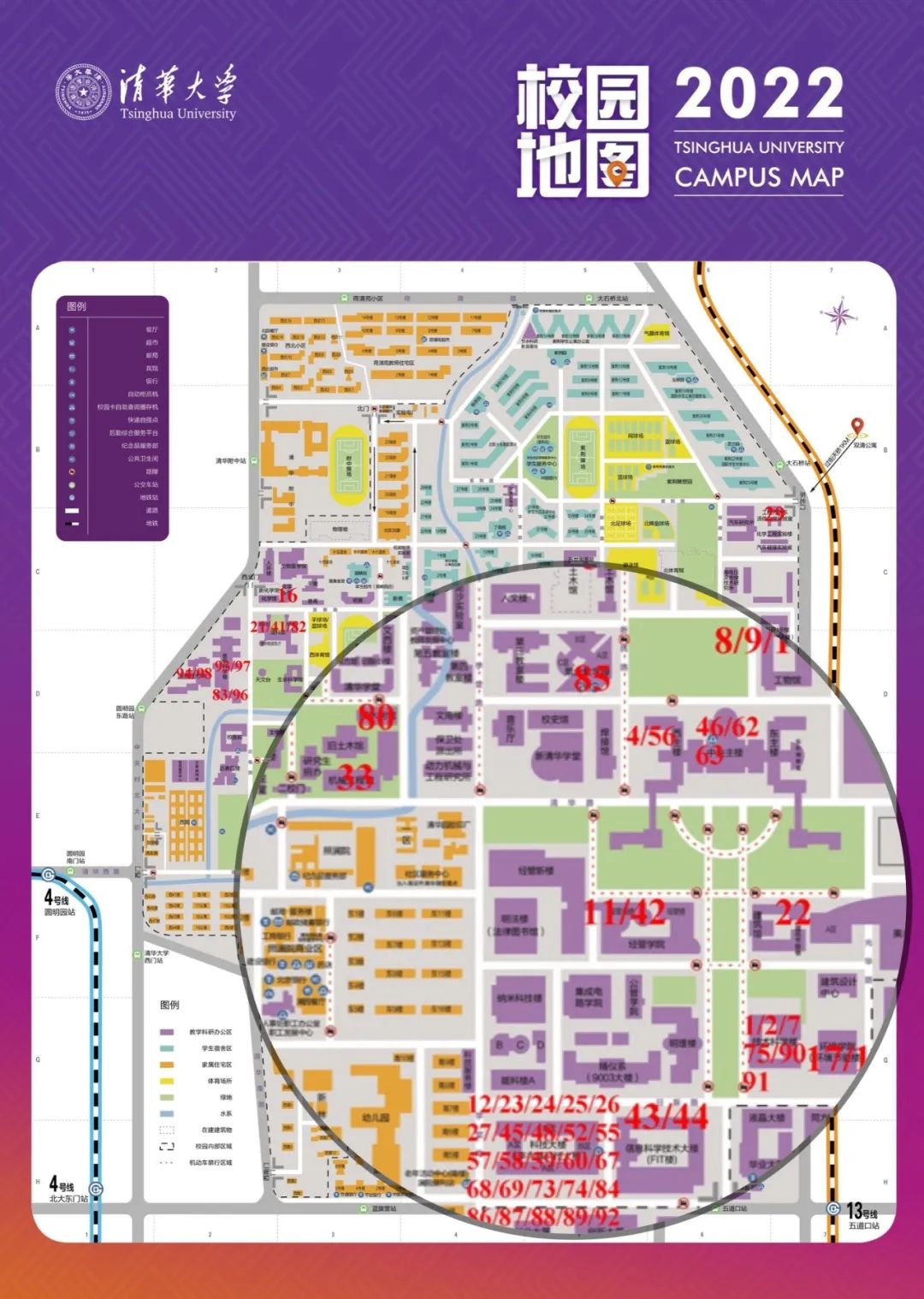
The Map with Detailed Markings of the Locations of Each Laboratory
“Teacher Tang Bin often emphasizes to the teaching assistants that they must be meticulous and plan ahead, and make all possible preparations in advance.” Tan Liguo, a 2019 doctoral student in the Department of Electrical Engineering who has served as a teaching assistant for “Laboratory Research Exploration” for 4 years, said, “Every piece of feedback will be seriously considered by the course team, and the course will be optimized and adjusted in combination with the actual situation to make this course more practically respond to the needs of students. When everyone’s needs are met, it is the moment when we feel the most sense of achievement.”
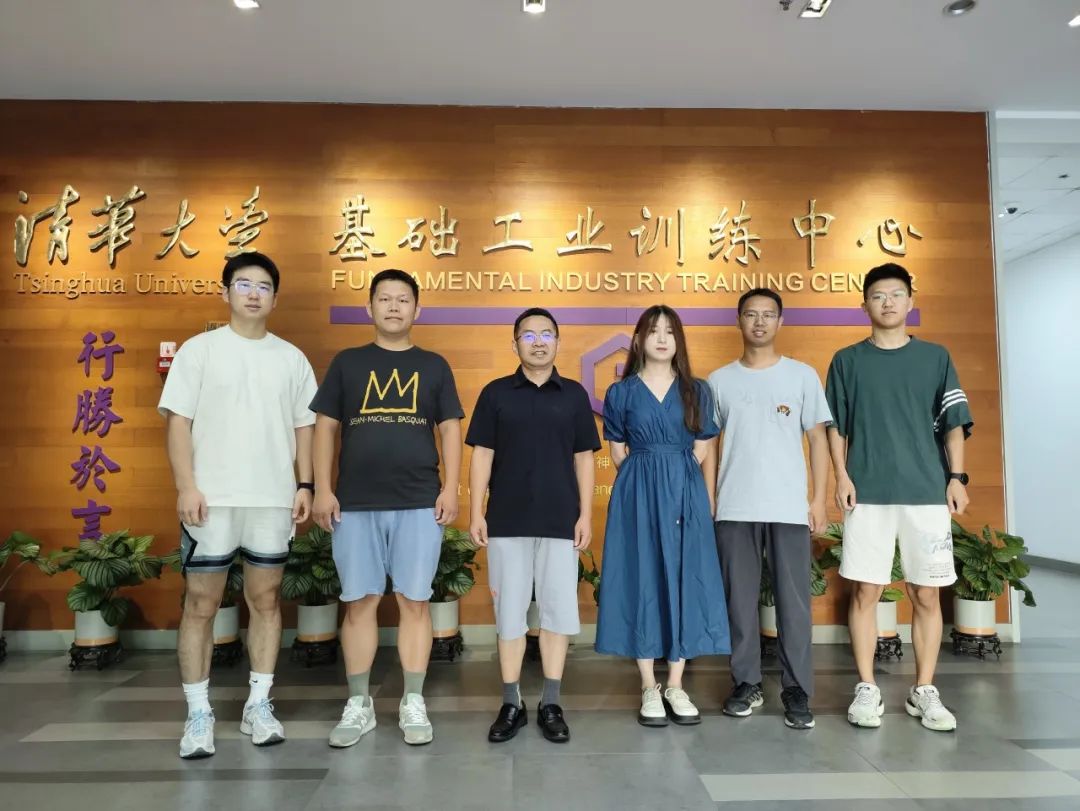
Group Photo of the Course Management Team
“Cross - major, Cross - disciplinary, Cross – system”
“ ‘Laboratory Research Exploration’is the course that impressed me the most during my undergraduate years. This course allows you to quickly understand the interesting laboratories and the instruments and equipment in them in various departments of the school... It is a very rare opportunity to have a chat with teachers from different departments about the content of scientific research work and take a look at the instruments and samples in person through the opportunity of one class.” Ren Siteng, a 2012 undergraduate student in the School of Humanities, still remembered this course vividly when recalling his 10-year study experience at Tsinghua after obtaining his doctorate degree.
Opening a window to the laboratories of Tsinghua for students with different professional backgrounds, building a bridge for interdisciplinary integration and the convergence of liberal arts, science, and engineering, and creating an interdisciplinary general education environment are exactly the expectations of the “Laboratory Research Exploration” course team.

Excerpts from Student Course Logs
“We require each teaching faculty to fully consider the differences in the comprehension ability and learning foundation of students in different grades and with different professional backgrounds, so as to relieve the worry of students that they don't understand, and let everyone truly choose laboratories according to their own interests and needs.” In Tang Bin’s view, one of the differences between the exploration course and other previous courses lies in “trying to lower the threshold for lower-grade students to contact scientific research and at the same time promoting the training of broad thinking in cross-major, cross-disciplinary, and cross-system.”
“At the same time, the exploration course provides a soil for cultivating a large number of diverse talents.” Tang Bin has always insisted that the exploration course should be open to all students. “I hope all students have the opportunity to take this course and get the opportunity to take root and grow from this soil and tap their own potential.”
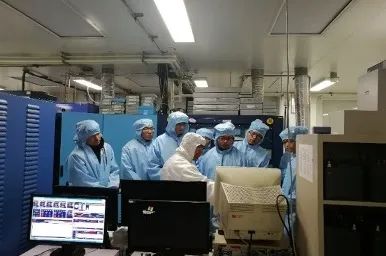
A Glimpse of a Course Unit
The openness of the course’s platform also greatly increases the added value of the teaching chain, linking innovation training Links Such as SRT Projects and Student Competitions. Ni Miao from Tanwei College learned about the platform resources and library resources provided by the Tsinghua University Basic Industrial Training Center after taking the “Unveiling the Mystery of Artificial Intelligence — A Try of Deep Learning” unit, which directly helped the intelligent processing part of the experimental images in the SRT project he participated in. In the previous “Bionic Hand” unit of the course, 25 students from 4 departments including the Department of Mechanical Engineering, the School of Vehicles, the Department of Precision Instruments, and the Academy of Fine Arts continued to carry out SRT, science and technology competitions, and other activities relying on the laboratory. Among them, many students have performed outstandingly in various competitions inside and outside the school.
When teaching, teachers often extract methodologies from their personal research experiences, influence students with their enthusiasm for academic research, and are also very willing to share their scientific research insights and life experiences with students. The successful development of the exploration course also proves that scientific research and teaching are not contradictory, and scientific research resources can be effectively transformed into high - quality teaching resources, fully embodying the meaning of “teaching and educating people is the first academic responsibility of teachers.”
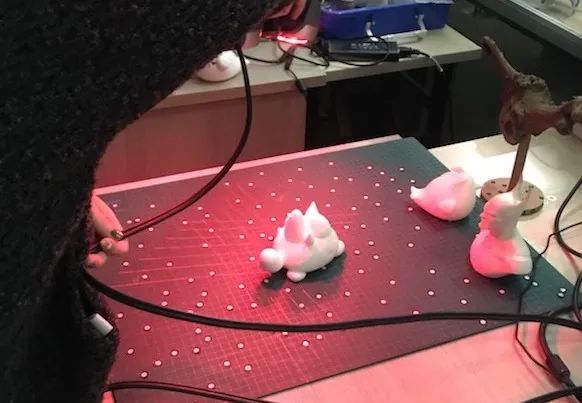
A Glimpse of a Course Unit
In the Summary of Student Logs of the Course, an Undergraduate Student in 2006 Once Wrote: “Years later, I may forget the specific content of this class, but I will never forget the quality that the teacher subtly taught me in class: find the career you like, strive for it, and live passionately.”
Just as after 16 years, the teaching units and course content of “Laboratory Research Exploration” are constantly being updated, but the attitude of striving for excellence, the original intention of teaching and educating people, and the cultivation of students’ exploration enthusiasm have always been the unchanging expectations and pursuits of this course.
